Why Conduct Mold Inspections After Water Damage
Water damage can wreak havoc on a home or building, causing structural issues, material deterioration, and even long-term health problems. While drying out the area and repairing damage may seem like the logical next steps, many property owners overlook a crucial part of the recovery process: conducting a mold inspection. Mold thrives in moist, dark, and undisturbed environments making areas affected by water damage the perfect breeding ground. Understanding why mold inspections are essential after water damage can help prevent further complications and keep occupants safe.
When water invades a space whether due to floods, pipe leaks, storms, or appliance failures it doesn’t take long for mold to begin growing. Mold spores exist naturally in the air and on surfaces. Once they encounter moisture and organic material like drywall, carpet, or wood, they begin to reproduce quickly. In fact, mold can start developing within 24 to 48 hours after water damage occurs. A timely mold inspection helps detect early growth, even before it becomes visible or noticeable by odor, enabling fast and effective remediation.
Health concerns are one of the primary reasons why mold inspections should be prioritized. Exposure to mold can trigger a wide range of allergic reactions and respiratory issues, particularly in sensitive individuals such as children, the elderly, or those with weakened immune systems. Common symptoms include coughing, sneezing, skin rashes, sinus congestion, eye irritation, and in severe cases, asthma attacks or chronic respiratory infections. A post-water-damage mold inspection helps identify contaminated areas so they can be cleaned up before these health risks escalate.
Another reason for conducting a mold inspection after water damage is to prevent structural degradation. Mold doesn’t just grow on the surface it can penetrate walls, flooring, ceilings, and insulation. Over time, this can lead to weakened structures, sagging walls, wood rot, and significant material breakdown. These problems are costly to fix and can impact the safety and value of the property. Early inspection allows professionals to assess how far the mold has spread and determine what parts of the structure are salvageable and which need replacing.
In many cases, mold is not immediately visible. It often grows behind walls, under flooring, or within HVAC systems. Without an inspection, homeowners may unknowingly leave mold colonies untouched, allowing them to grow and worsen over time. Certified mold inspectors use specialized tools like moisture meters, infrared cameras, and air quality monitors to detect hidden mold and moisture sources. These tools provide insights into areas that are not visible to the naked eye, ensuring that the full extent of contamination is understood and addressed.
A mold inspection can also serve as important documentation for insurance claims. Water damage incidents are typically covered by homeowners or commercial property insurance policies, but many insurers require thorough documentation to process claims. A professional mold inspection provides evidence of the damage, helps prove that timely action was taken, and can support remediation cost recovery. Having this documentation may also protect the property owner in future disputes or resale situations, demonstrating that mold risks were identified and mitigated.
Timing is crucial when it comes to mold inspections. The longer a property owner waits, the more difficult and expensive the remediation process can become. Mold spores can spread rapidly through the air, impacting other rooms and surfaces that were not initially affected. An early inspection enables focused and strategic remediation before the infestation becomes widespread. Addressing mold early also reduces the risk of needing to vacate the property, perform extensive renovations, or discard valuable belongings due to contamination.
It’s worth noting that not all mold is the same. Some types, like Stachybotrys chartarum (commonly known as black mold), are particularly dangerous and toxic. An inspection helps determine the type of mold present, which informs the level of protective gear and containment methods required during cleanup. Licensed mold inspectors can test samples and identify specific strains, which is crucial for tailoring the remediation plan to ensure complete and safe removal.
Additionally, a professional mold inspection in Orlando identifies the root cause of the moisture problem. It’s not enough to remove mold without addressing the conditions that allowed it to grow in the first place. Whether it’s a plumbing leak, roof damage, poor ventilation, or inadequate waterproofing, the source of moisture must be fixed to prevent mold from returning. Mold inspectors often provide recommendations to improve ventilation, seal leaks, and install dehumidifiers or drainage systems that minimize future risk.
For homeowners or property managers selling or leasing properties, mold inspections after water damage are also critical for compliance and transparency. In many jurisdictions, sellers are legally required to disclose known mold issues to prospective buyers. A certified mold inspection assures potential occupants that the property is safe and free from hidden contamination. This helps build trust, avoids legal issues, and maintains the property’s market value.
In conclusion, conducting a mold inspection after water damage is not just a precaution it is a vital step in ensuring the long-term safety, health, and structural integrity of a property. It helps identify hidden dangers, supports timely remediation, prevents further damage, and ensures compliance with insurance and legal requirements. While it might be tempting to skip this step after drying out a flooded area, doing so could lead to bigger problems down the line. Professional mold inspections offer peace of mind and protect your home, investment, and well-being.
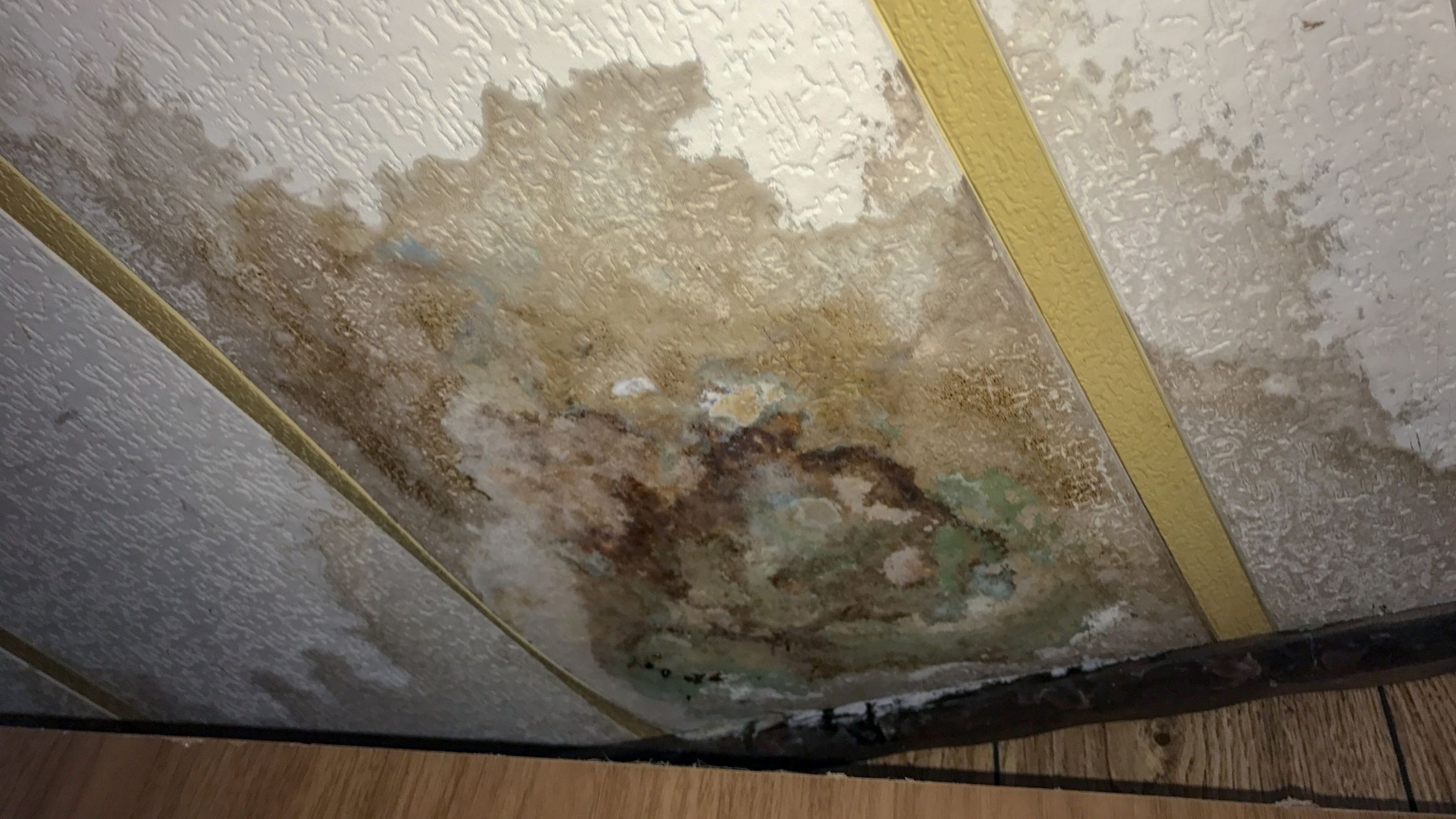
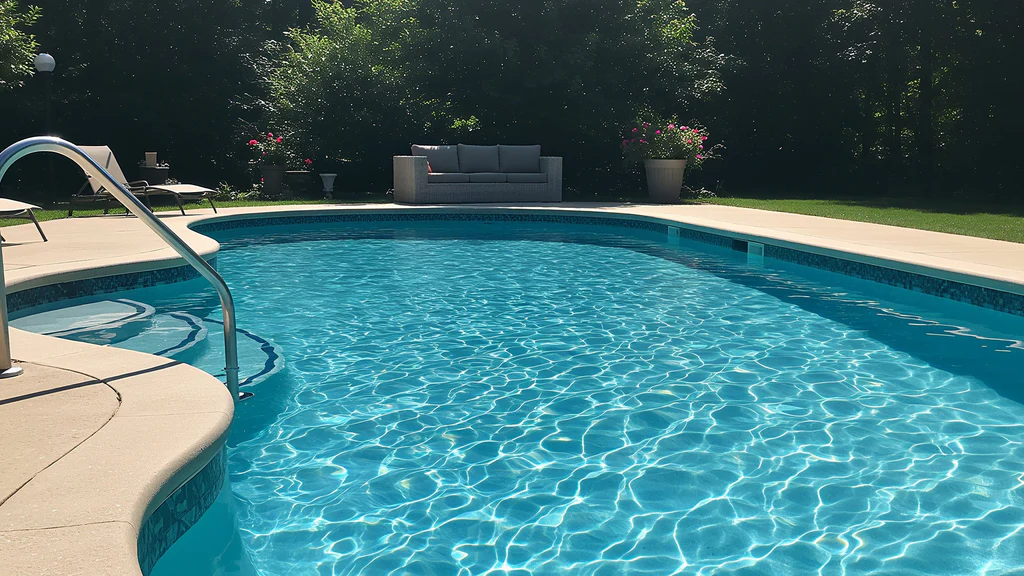
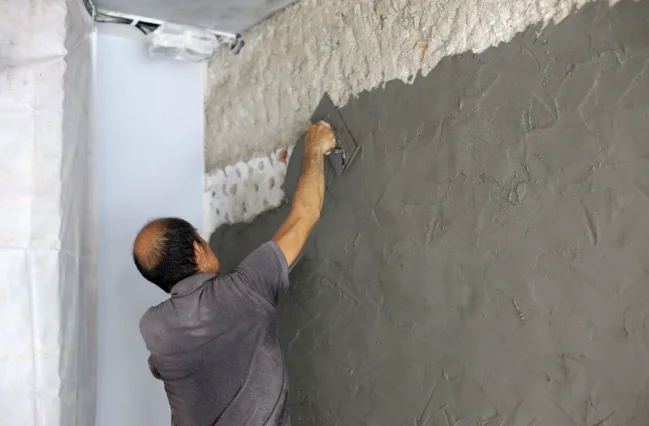
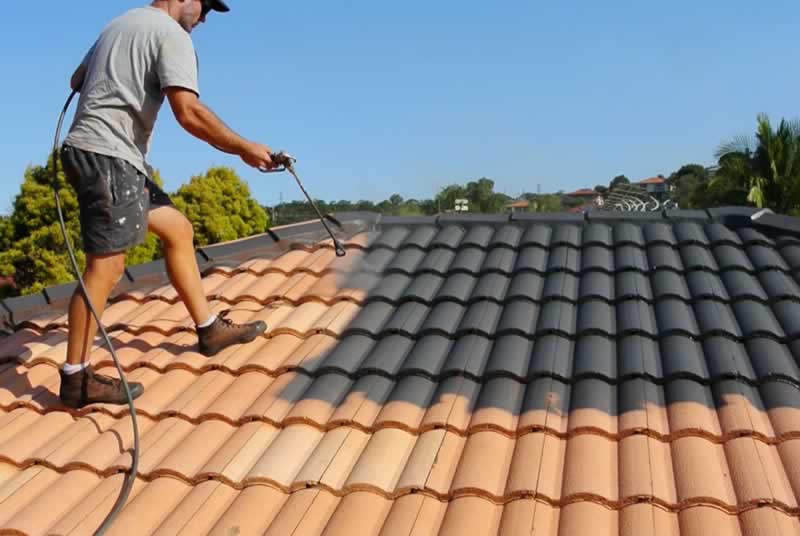


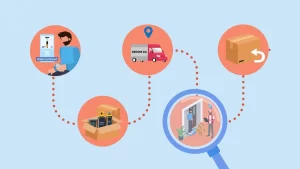

Post Comment